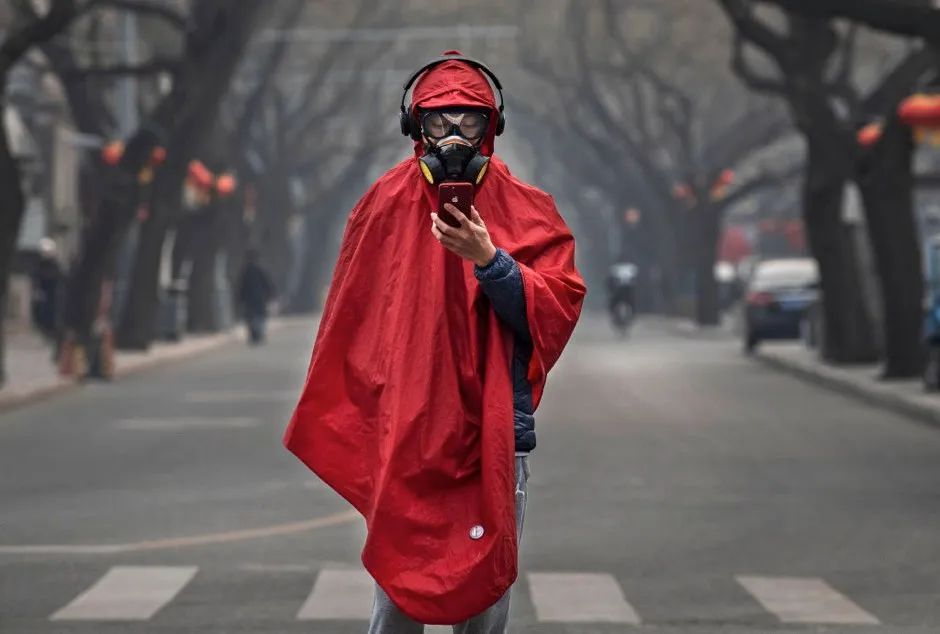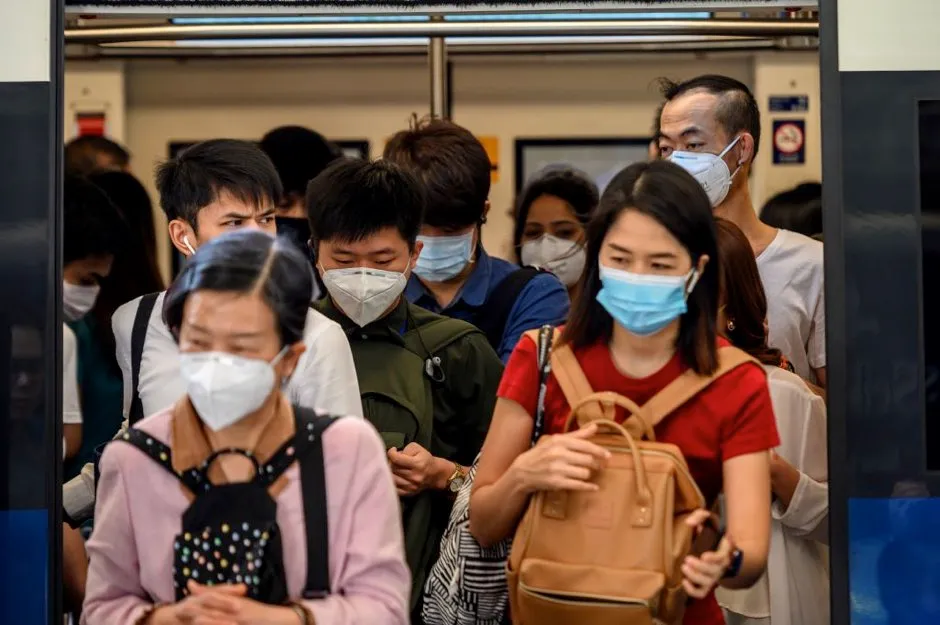On 31 December 2019 China contacted the World Health Organization (WHO) to inform them of an outbreak of ‘pneumonia of unknown cause’ in Wuhan, a city in the country’s central Hubei province.
A week later, on 7 January 2020, the Chinese authorities investigating the outbreak confirmed that a previously unknown strain of coronavirus was to blame. It was believed to have originated in one of Wuhan’s animal markets, where it had jumped species from an as-yet-unidentified animal into humans.
By 11 January the new coronavirus, temporarily designated 2019-nCoV, had claimed its first life.
Over the next 10 days, the news broke that human-to-human transmission of 2019-nCoV was possible; the virus killed two more people; cases of it turned up in Thailand, Japan, South Korea, Vietnam and the US; and WHO met to determine whether the situation constituted a global emergency.
Read more about dealing with viruses:
As of Monday 27 January, less than a month after the initial alert, 10 cities in the Hubei province are in a state of lockdown and airports around the globe are screening passengers arriving from Wuhan.
The virus has reached Australia and France, the number of confirmed cases is up to almost 3,000 and the death toll has risen to 81. There is a growing air of alarm in media coverage and China’s President Xi Jinping has said the situation his country is facing is grave.
Alert to the danger of coronavirus
2019-nCoV presents with flu-like symptoms (head and muscle aches, sore throat, runny nose, coughing) but is capable of causing respiratory distress, pneumonia and potentially death. Furthermore, it’s contagious before the symptoms show. So is it cause for panic?
“It’s a serious situation,” says Prof Mark Fielder, a medical microbiologist at Kingston University.“We’re approaching it with caution but I don’t think alarm. Not alarm yet because what we need to remember is that most of the cases – in fact all of the cases, as things stand – have come from people with direct links to Wuhan or other local cities where the virus is present.
"It hasn’t moved into people without direct links to Wuhan or the other provinces… We’ll become a little more concerned if that does happen but at the moment it hasn’t.”
“[Also], one of the things we’re seeing is that a number of people, when they’re given supportive care for their symptoms seem to be getting better and fighting the virus off. A number of the patients who unfortunately lost their lives have also had other diseases, so they’ve perhaps not been quite so fit in the first place.”
Charting the virus's spread
At the time of writing, the new coronavirus is still spreading. But despite the seemingly steep rise in the number of cases, the outbreak remains within estimates of its expected incidence. WHO has put the total number of expected cases at 4,000, though the margin of error suggests it could fall anywhere between 1,000 and 9,700.

“[The reason] we’ve seen a rise in the number of cases is, I think, a conglomeration of factors. If it did emerge from this market, which does seem likely, then obviously quite a lot of people attended that market, especially as people were probably getting provisions for the New Year celebrations in China,” explains Prof Fielder.
“But we can’t tell how many people were in that market and where they went afterwards or where they’d come from before.
“Also, it takes about five days for the symptoms to appear so there would have been a delay from exposure to symptom formation. And perhaps we’re now seeing relatives and contacts of those infected, and people who have been caring for them, succumbing themselves. It’s of interest and concern but not alarm that we are seeing this rise.”
Read more fromReality Check:
- Measles: should I worry that other people aren't getting vaccinations?
- Badger culls: do they stop the spread of bovine TB?
The length of 2019-nCoV’s incubation period explains the sudden jump in the number of confirmed cases. Transmission may be slowing but cases will continue to appear due to the time it takes for the infection to present. Ensuring China has sufficient capacity to deal with the cases that are still to appear is why it’s currently rushing to build new hospitals.
Even so, the wide margin for error associated with the WHO estimate suggests quite a large degree of uncertainty. But the mathematical models that produced the estimate are deemed to be reliable – they’re the same ones used to anticipate and prepare for the annual outbreaks of influenza, Prof Fielder points out.
“The margins are so wide because it’s so difficult to predict how much a virus will spread in a population, especially a respiratory-based virus, as this one is. If the people in Wuhan adhere to the lack of gathering… they’re not going out and being in groups where somebody could very easily cough, sneeze or do something else that spreads the virus inadvertently. Assuming those parameters are adhered to, contact will be less. If contact is less, then the chances of the virus spreading are decreased.
“But there has to be a reasonable margin of error because people may move around despite the fact they’ve been told not to. That’s the problem with dealing with humans, it’s difficult to guarantee that they’ll do what they’re asked.”

That ‘human element’ is partly why the lockdown in Wuhan and the surrounding cities was deemed necessary. By introducing quarantine conditions the Chinese authorities can limit the number of people 2019-nCoV is exposed to, which limits its ability to mutate into something more virulent and/or transmissible.
Even so, Matt Hancock, the Secretary of State for Health and Social Care told Parliament on 23 January that it’s increasingly likely 2019-nCoV will turn up in the UK.
There have been 14 suspected cases here to date (all turned out to be negative), which, when compared to the number of cases showing up elsewhere, seems like a lot. But according to Dr Adam Kucharski, associate professor in infectious disease epidemiology at the London School of Hygiene and Tropical Medicine, there’s a simple explanation: “It’s flu season in the UK and a lot of flu symptoms overlap with [2019-nCoV]. So I think a lot of cases will show those symptoms but won’t necessarily be this new virus.”
The good news for anyone showing such symptoms, Dr Kucharski points out, is that a diagnostic test for 2019-nCoV has already been developed. “One of the things that’s been remarkable in this outbreak is the speed at which the information required to develop a test has been made available. Very quickly we were seeing genetic information on this virus being shared and a lot of tools can be developed off the back of that.”
Read more about tackling disease spread:
- Cervical cancer: free vaccination and change to smear tests could eliminate disease
- An end to AIDS is in sight
Thanks to the speed with which the Chinese were able to sequence 2019-nCoV’s genome, the openness of the Chinese government regarding the outbreak and the international effort to track it, Prof Fielderis also enthusiastic about our chances of dealing with it. He believes we’ve never been in a better position to deal with an emerging disease.
“It’s serious and I’m concerned. But I’m not alarmed. If I thought I had it, as a relatively healthy person, I’d still contact my local health professionals (via phone, not by turning up at my doctor’s surgery) and say ‘I think I’ve this’. Because although I should be able to fight it off, that’s not to say I won’t need any medical support to deal with the symptoms…
"But as things stand, unless you’ve had contact with someone that has a respiratory disease who’s come from Wuhan or China, your chances of contracting the virus are very low.
“The other thing I’d say is that people must remember there are some basic principles of infection control that we can all use, such as hand washing. Hand hygiene is critical. Also coughing, sneezing and blowing your nose into a tissue that can then be disposed of in a waste paper basket, and washing your hands afterwards, is very simple but very effective at stopping viruses like this.”
Visit the BBC's Reality Check website at bit.ly/reality_check_ or follow them on Twitter@BBCRealityCheck